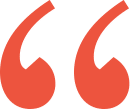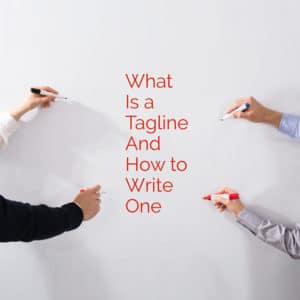
FAQs on Brand Strategy & Design
WHAT DO YOU WANT TO KNOW?
Here are the FAQs on brand, strategy and design we get asked most often and the answers to those questions. A client’s curiosity leads to clarity, understanding and better work. Ask us anything you don’t see here!





